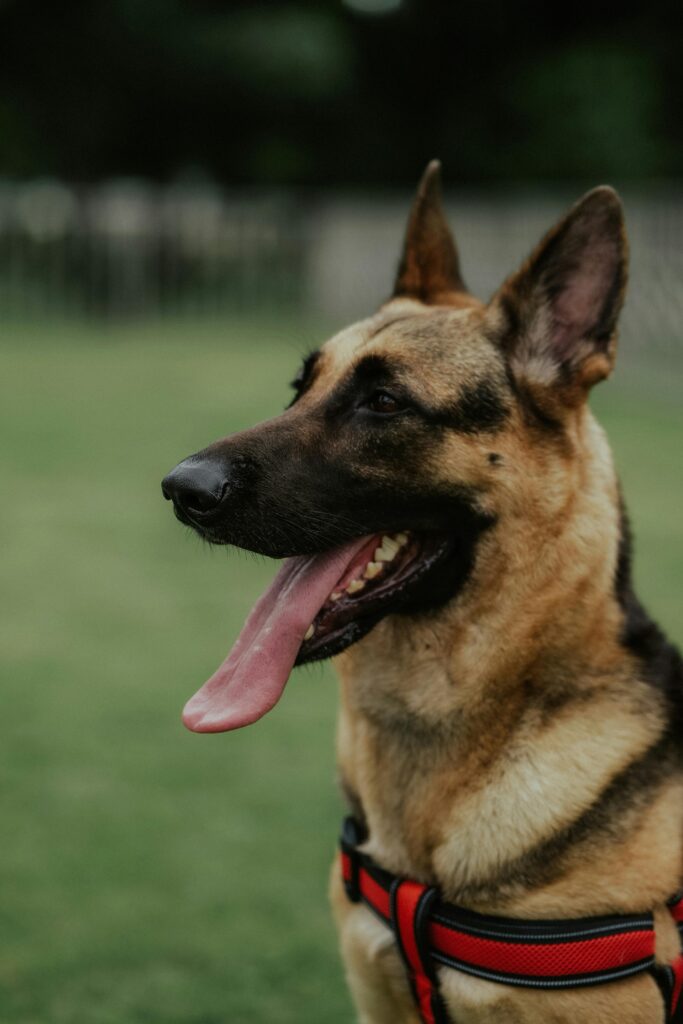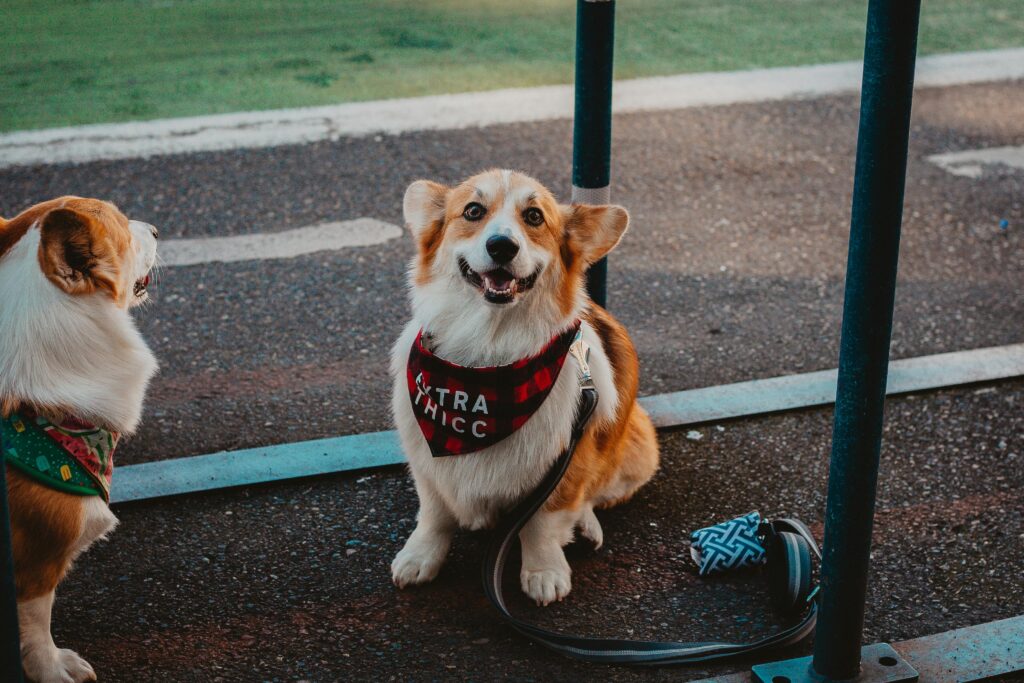Training your dog is not a one-time event. It is a lifelong process that evolves as your dog grows, matures, and changes with age. Puppies need foundation skills, adolescents need consistency, adults need reinforcement, and seniors benefit from mental stimulation to stay sharp. At Off Leash K9 Training in Erie, we remind families that obedience is a journey, not a destination.
This guide will walk you through obedience training at every life stage, with tips you can use right now to make your dog’s training smoother and more effective.

Puppy Stage: Laying the Foundation
Puppyhood (8 weeks to 6 months) is the most important window for introducing structure. Puppies are sponges during this developmental phase, which makes it the perfect time to teach basic obedience and manners.
Key skills for puppies:
- Potty training and crate training
- Name recognition and recall foundations
- Basic sit, down, and place commands
- Bite inhibition and polite play
- Positive exposure to new sights and sounds
Consistency and patience are critical here. Puppies thrive on routine. Our Basic Obedience Training program is a great way to establish these building blocks with professional guidance.
Adolescent Stage: Reinforcing Consistency
Between 6 months and 2 years, dogs enter adolescence. Much like teenagers, they test boundaries and can act stubborn. This is when many families experience frustration because previously learned commands suddenly seem ignored.
Training focus during adolescence:
- Reinforce basic commands daily
- Increase duration and distraction training
- Work on leash manners to prevent pulling
- Strengthen impulse control with “leave it” and “stay”
- Build confidence through structured socialization
This is also the stage when behavior issues like reactivity may surface. Our blog on what to do when your dog lunges at people or dogs on walks provides useful tips for managing these challenges.
Adult Stage: Building Reliability
Once your dog matures into adulthood (2 to 7 years), training should focus on reliability in real-world settings. At this stage, your dog is calmer and more focused, making it easier to polish advanced skills.
Training goals for adults:
- Off-leash reliability
- Long down-stays with heavy distractions
- Recall from distance and around high-value distractions
- Calm behavior in public places such as cafés, stores, and trails
- Continuing mental enrichment through problem-solving games
Dogs in this stage thrive on balance: physical exercise paired with structured obedience work. Many owners choose to advance into our Basic and Advanced Obedience Program at this stage to solidify control and polish skills beyond the basics.
Senior Stage: Keeping the Mind Active
Older dogs (7 years and up) may slow down physically, but training still plays a vital role in their health and happiness. Obedience exercises keep their minds sharp and routines consistent.
Senior training tips:
- Shorter, gentler sessions with plenty of breaks
- Focus on mental enrichment like puzzle feeders and scent games
- Refresh basic commands to keep them engaged
- Adjust expectations to account for physical limitations
- Use softer treats or toys for rewards
Training at this stage isn’t about perfection. It’s about maintaining quality of life and strengthening your bond.
Why Training Never Really Ends
Obedience is not just about teaching commands, it is about shaping behavior and ensuring safety throughout your dog’s life. Dogs that continue training:
- Show fewer behavior problems
- Stay mentally stimulated
- Build stronger relationships with their families
- Handle stress and new environments better
Think of training like fitness. You do not stop exercising after reaching one milestone. You keep working to maintain progress.
Common Mistakes Owners Make
- Stopping training after puppyhood. Dogs need reinforcement through every stage.
- Relying on physical exercise alone. Mental exercise is just as important.
- Inconsistency. Mixed signals confuse dogs and delay progress.
- Skipping professional help. Early intervention prevents small issues from becoming big ones.
Trusted Resource
For more insight on lifelong dog care, the ASPCA offers a helpful overview of general dog care essentials. Pairing these basics with obedience training ensures your dog’s needs are fully met at every age.
Final Thoughts
Obedience training is not a phase, it is a lifelong commitment. From puppies learning their first sit to seniors practicing calm place work, training evolves to fit your dog’s stage of life. With consistency, structure, and the right guidance, you can enjoy a well-behaved companion through every chapter.
At Off Leash K9 Training Erie, we tailor programs to your dog’s specific age and needs, ensuring you both succeed no matter where you are in the journey. Ready to take the next step? Reach out through our contact page.


